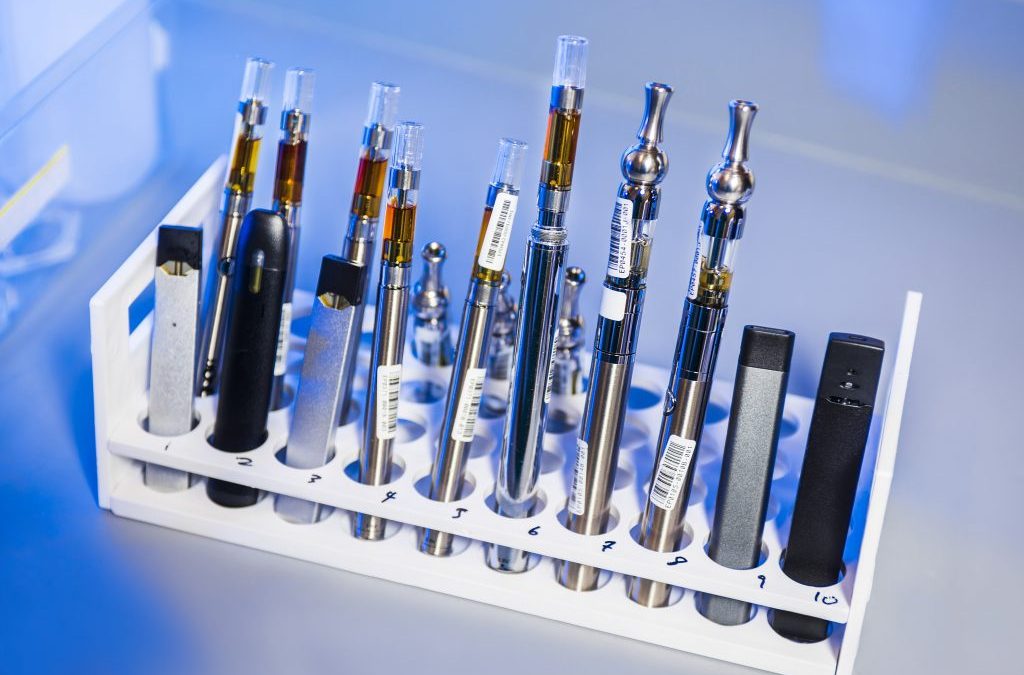A New York Times article published last month details new information on youth substance use. The annual Monitoring the Future survey that follows 8th, 10th, and 12th graders showed that adolescents are smoking cigarettes, trying hard drugs, or drinking alcohol at lower levels than the past. However, the use of electronic cigarettes to vape marijuana and nicotine has soared. Rates of e-cigarette use to vape marijuana has essentially doubled over the past two years, with 7% of 8th graders, 19.4% of 10th graders, and 20.8% of 12th graders reporting past-year use in 2019. This parallels earlier data released by the U.S. government reporting that about 25% of 10th and 12th graders used e-cigarettes in the past month for vaping nicotine.
This report comes on the heels of the mysterious vaping epidemic of “e-cigarette, or vaping, product use-associated lung injury (EVALI),” which has resulted in 2,668 hospitalized cases, including 60 deaths. According to the Center for Disease Control (CDC), as of early January, 82% of hospitalization cases have reported using THC in their e-cigarette products. According to the CDC, vitamin E acetate, an additive in many THC e-cigarette products, may be a likely source of the outbreak of these EVALI cases, although officials are hesitant to pinpoint the cases on only one chemical or ingredient.
Although vaping marijuana is steadily on the rise, overall marijuana use (including smoking or eating edibles) was constant compared to last year’s statistics on use in the past year, although daily use did increase. In sum, the results of the Monitoring the Future survey gives public health officials a hesitant feeling of relief, as rates of alcohol and cigarette use continue to decline. “There has been a whole lot of effort at the community level,” said Dr. Sion Kim Harris, a pediatrician and director for the Center for Adolescent Substance Abuse Research at Boston Children’s Hospital. “There are some encouraging trends.” In contrast, it seems that efforts to minimize vaping have yet to take hold, likely due to the steadfast belief among youth that vaping is not harmful.
The National Institute on Drug Abuse funds the Monitoring the Future survey in order to closely monitor changes in teenage drug use and experimentation, in the hopes of better understanding the constantly changing rates of adolescent substance use.

